What To Do If A Dog Eats Rat Bait Poison
Whether you witnessed your dog eat rat bait, or you are highly suspicious that your dog may have some, it is extremely important that you seek veterinary advice or your pet’s life will be at risk.
Rat bait can kill any animal.
These baits can potentially harm your pet even if not ingested directly, such as when the cat or the dog consumes the rat or mouse that has eaten the bait. We call this secondary ingestion.
If you are concerned that your dog may have eaten bait it’s important to go to the vet immediately or contact one of our veterinarians who will guide you on what you can do at home until you can see a vet.
In this article, we discuss the different types of rat and mouse bait and how they affect the animal so you can be alert to any signs that might indicate your pet is affected.
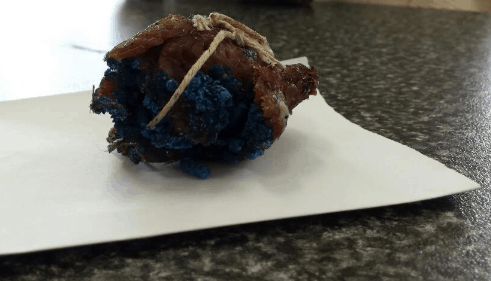
What To Do If Your Dog Eats Rat Bait Poison
Rats and mice are pests that cause many problems, making it common for people to lay baits in autumn and spring, to keep numbers down.
If you see your dog eat rat bait poison, or suspect they have eaten some it is important that you must take your dog to the vet immediately or start decontamination at home.
If you know what bait was eaten, take a picture of the box or better still take the box with you to the vet.
If you are not sure of what kind of bait it was, but you have a sample, take that to the vet also.
Rat bait ingestion can be fatal if prompt and urgent treatment isn’t provided.
The vet will make the dog vomit so that as much of the offending poison is removed as quickly as possible before it is able to be absorbed.
The longer you wait, search Dr Google or try and ask friends on Facebook for advice, the more poison that will be absorbed and the greater the chance of more intensive and expensive vet care being required.
Further treatment will depend on the type of poison ingested and the delay between ingestion and treatment.
Some animals will require treatment with oral or injectable Vitamin K, others may require fluid therapy or blood transfusions.
Anti-coagulant poison ingestion will require you to return to the vet for blood tests to determine the extent of poisoning.
If you are in a remote area or have no access to a veterinary clinic, our online vets will be able to assist you at home in the initial stages. (You will still need to take your pet to the vet).
Our vets are available for online vet consults 24/7.
VIDEO: What To Do If Your Dog Ate Rat Bait
Three Types Of Rat Bait Poison You Need To Know About
While I will happily plead with you to never use rat bait as it can kill any animal (wildlife, pets, bids), I know some of you will.
Aside from taking precautions as to how you place it so that no other animal can gain access, it’s important to keep a record of where you put it and what type of poison you laid.
It’s important to remember the type of poison you laid or find out what your pet got into as it helps vets to treat the animal appropriately.
All types of rat bait work in different ways so require different treatments. The easiest way to remember is to take a photo of the rat bait box.
There are three types of common rat bait poison:
The Anticoagulants – The Most Common Type Of Rat Bait
These rodenticides stop the production of Vitamin-K-dependent blood clotting factors that are made in the liver.
When these rat baits are ingested in a toxic amount we see signs of internal bleeding and blood loss.
There are two different types of anticoagulant rat poison – the first generation and second generation.
First-generation anticoagulants include multiple-dose poisons such as warfarin.
These are slightly less toxic but have a cumulative effect meaning that they are designed so that the rat or mouse feeds on them daily until a toxic amount in their system gets so high that they die.
Examples of first generation multiple-dose rat poison: warfarin, chlorophacinone, and diphacinone
The more common and more toxic anticoagulative type is the second generation single-dose poisons.
These can poison immediately after ingestion of a single toxic dose.
Brodifacoum and bromadiolone are the most common examples of these.
Examples of second generation single-dose rat poison: brodifacoum, bromadiolone, and difethialone
The frustrating thing about these baits is that the clinical signs of poisoning don’t start to appear until a few days after ingestion.
Sadly this means that when we do start to see signs – all the poison has been absorbed and it makes treatment that much more critical and some pets will lose their life.
These poisons are highly toxic and can kill dogs, cats, wildlife and even livestock or horses after a single ingestion of a large enough dose.
When these rat and mouse baits are ingested in a toxic amount we will see signs of internal bleeding:
- Bruising on the body
- Bruising and/or bleeding gums,
- Nose bleeds
- Blood in the urine
- Blood in the faeces
- Pale gums
- Trouble breathing
- Coughing (sometimes coughing up blood)
- Vomiting blood
- Weakness/lethargy
- Collapse
- Death
Cholecalciferol (Vitamin D3)
Rat bait that contains the active ingredient Cholecalciferol (vitamin D3) is becoming a very popular type of rat bait, but it is one that is scaringly difficult to treat and save your pet.
Ingestion causes extremely high calcium (hypercalcaemia) and phosphorus (hyperphosphatemia) levels in the body, resulting in severe, acute kidney failure.
Clinical Symptoms For Cholecalciferol Poisoning:
- Reluctance to eat and loss of appetite
- Lethargy/weakness
- Decreased or increased thirst
- Decreased or increased urination
- Smelly breath – halitosis
- Kidney failure
- Tremors
- Weight loss
- Death
Bromethalin
This rat bait poison acts on the nervous system.
After ingestion, this bromethalin stops a metabolic energy pathway resulting in a fluid build-up within the nerves.
This then leads to disruption of the nerve and cerebral and spinal oedema.
This type of poison is particularly nasty as there is no antidote and the only thing vets can do is decontaminate and give supportive care.
Clinical signs of this type of poisoning include:
- Depression, lethargy
- Ataxia – Walking drunk
- Hindlimb weakness or paresis
- Decreased proprioception
- Tremors
- Convulsions/seizures
- Hyperthermia
- Coma
- Death
How Do Vets Diagnose Rat Bait Poisoning
If you’ve seen your pet eat the poison or you’ve found the empty poison container your vet is going to diagnose and treat based on this knowledge.
It gets a little more tricky when there is no history.
Initial clinical signs are often vague and very similiar to many other diseases, albeit the most common signs include lethargy, weakness, or acute dyspnea due to cavitary bleeding in the chest and/or abdomen.
Sometimes we see signs of bruising, there is blood in vomit or they are incredibly pale with anaemia – even if there is no history of access to baits – the vet will need to perform some special blood tests to determine whether there is a clotting problem and if a poison could possibly be responsible.
You’ll often hear vets talk about the need for blood tests and repeating these tests at the end of a period of treatment.
The main blood tests vets use to assess blood clotting are Prothrombin time (PT) and activated partial thromboplastin time (aPTT), with ACT, PCV, TP, and platelets also providing guidance.
In anticoagulant rat bait toxicity:
- PT becomes prolonged first (usually 48—72 hours after toxin ingestion) due to the short half-life of clotting factor 1V (4—6 hours).
- As other vitamin K-dependent clotting factors deplete over time, aPTT and activated clotting time (ACT) then become prolonged as well.
- While platelets are not directly affected by anticoagulant baits, when animals have severe bleeding, their platelet counts may drop significantly as they are consumed in an attempt to stop hemorrhaging.
In cases of anticoagulant rodenticide toxicity, PT is disproportionally prolonged compared to aPTT.
Of course, there are a whole lot of other tests that the vet may also want to perform to rule in and out potential causes.
This may include an ultrasound to check the abdomen for free fluid and what the organs like liver and kidneys are doing.
Chest Xrays are often taken to rule in or out other causes of breathing issues such as neoplasia, pneumonia or pneumothorax.
If there are signs of tremors then the vet will still take blood and check electrolyte and mineral status to determine if there are issues with calcium or phosphorus, glucose etc or any other organ system issues.
How Do Vets Treat Rat Bait Poisoning
The type of treatment your pet will require will depend on the type of bait as well as the presence of clinical signs.
Sometimes – all we need to do is make the pet vomit and then send them home on medication such as vitamin K and activated charcoal.
Other times we may also need to perform more extensive decontamination such as gastric lavage and/or an enema to remove the poison.
In cases of anticoagulant rodenticide poisoning treatment is with vitamin K.
Vitamin K supplementation can be given via subcutaneous injection or orally.
It’s recommended to give the Vit K with a fatty meal as this enhances absorption, where the portal circulation carries the absorbed vitamin K1 to the liver directly for clotting factor production.
Butter can be used for this purpose. If your dog is susceptible to pancreatitis – please check with your vet about this first.
How long we need to give the vitamin K1 therapy is directly related to the elimination half-life of the type of rat bait that was ingested.
- For First-generation anticoagulant baits such as warfarin, these are metabolized within 14 days so a recheck of PT should occur then and if normal, treatment can stop.
- For Second-generation anticoagulant baits like bromadiolone, brodifacoum a minimum of 4 weeks of therapy is required and in some cases, longer.
A PT blood test is performed to assess when we can stop treatment.
The final PT check is performed 48 hours after the final dose of Vitamin K. If normal – it’s good to go and stop treatment.
If the PT is still elevated, then the animal will need to continue with Vit K for another 1-2 weeks until the PT is back to normal after re-evaluation.
It’s incredibly important to keep your dog rested for the entire length of treatment – with minimal exercise.
This prevents bruising and also extra strain on the heart and other tissues due to poor oxygen levels in the blood.
For cases that are already showing clinical signs of a problem then things get a little more involved.
With the anticoagulant baits if your pet is showing signs of struggling to breathe they will require Oxygen supplementation.
If they have a low PCV which is an indication of blood volume – then they may need a blood transfusion and/or fluids to help maintain blood pressure.
For those that have a severely prolonged PT and signs of bleeding – then we will often transfuse fresh frozen plasma. This replaces depleted clotting factors.
For pets showing neurological signs such as tremors treatment is symptomatic where we will often anaesthestise the pet to stop the tremor.
If You Suspect Your Dog Has Eaten Rat Bait Poison
If you see that your dog eat rat or mouse poison, or suspect they have had access to a bait station the most important thing to do is to make them vomit – in other words, decontaminate.
The article on how to make your dog vomit describes how to do this at home.
If you can’t make them vomit then it’s important that you take them to the vet immediately.
That way we can make your dog vomit and hopefully remove as much of the offending poison as quickly as possible before it is absorbed and get it on the appropriate treatment.
If your pet isn’t a dog but a cat or another species – you’ll need to go to the vet as there are no home remedies suitable to make them vomit.
The longer you wait, search Dr Google or try and ask friends on Facebook for advice, the more poison that will be absorbed and the greater the chance of more intensive and expensive vet care being required.
If you know what bait was eaten, take a picture of the box or better still take the box with you to the vet.
If you are in a remote area or have no access to a veterinary clinic, our team of online vets are available to assist you at home. Our vets are available 24/7 for online vet consults.
Prevention Is Better Than Cure
While we can plead with you to never use rat bait as it can kill any animal (wildlife, pets, birds), there are circumstances when it is required.
Not only that, we can never guarantee what our neighbours do or what our pets will get into when they are out and about.
Aside from taking precautions as to how you place it so that no other animal can gain access, it’s important to keep a record of where you put it and what type of poison you laid.
This ensures that if a pet gets into it – you can at least advise the vet what it was so they can provide the best treatment options.
Using rat and mouse traps is an option as well as rat cages that catch alive rats although disposal can be an issue.
When things get bad – it may pay to bring in the professionals.
Be mindful though that there really is no ‘animal safe’ bait – so don’t believe in marketing spiels.
Let us know in the comments if your dog or cat or other pet has ever eaten rat bait and how they coped.
If you found this article helpful it would be worthwhile sharing with your friends and family – it may just save a life.
Don’t forget to subscribe to our mailing list so you don’t miss any of our animal health care articles.
You May Also Like
The most common poisons our pets are exposed to.

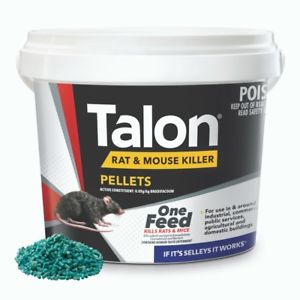
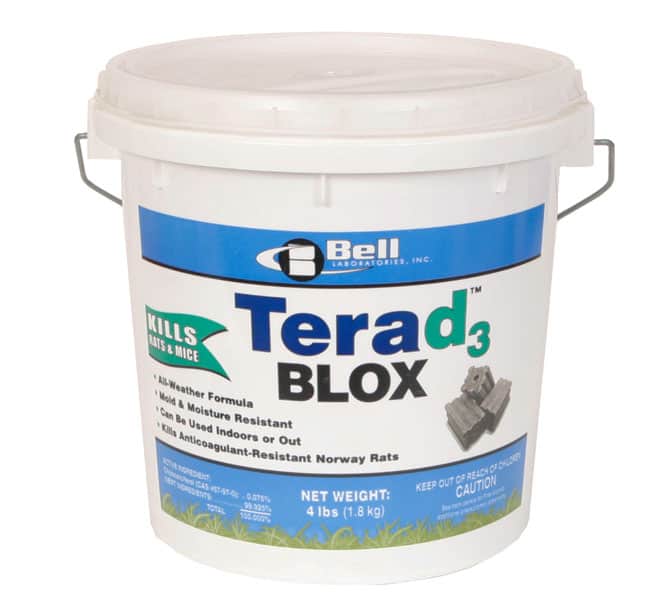
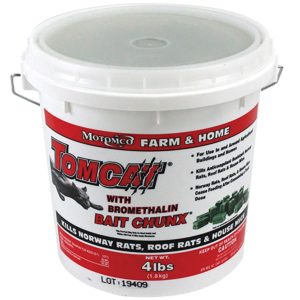
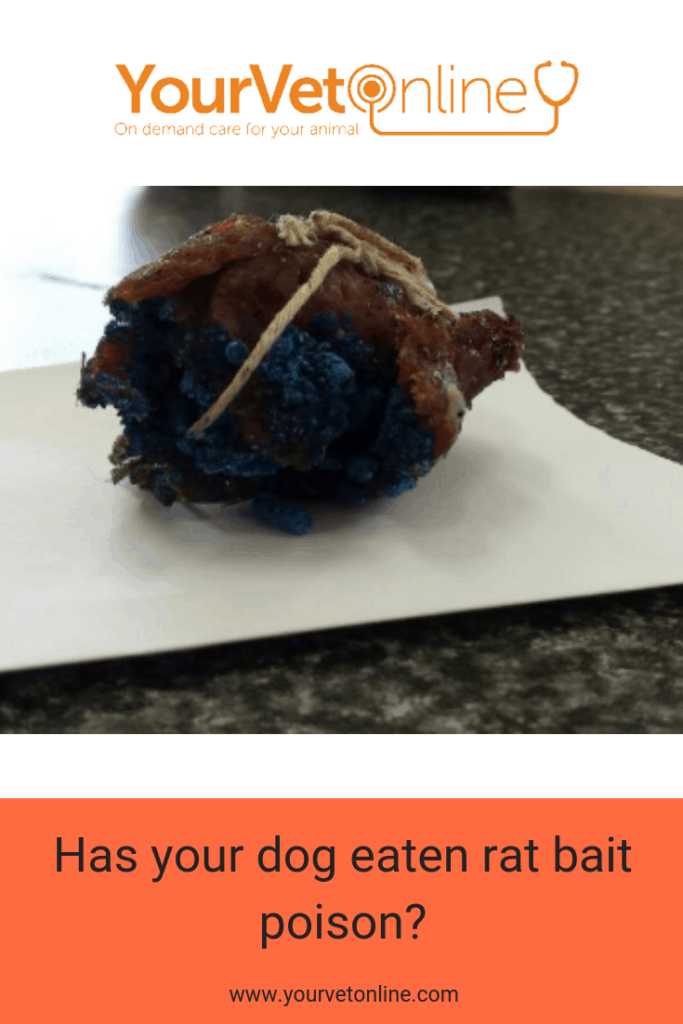
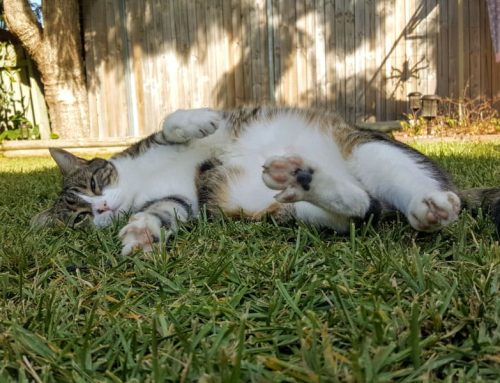
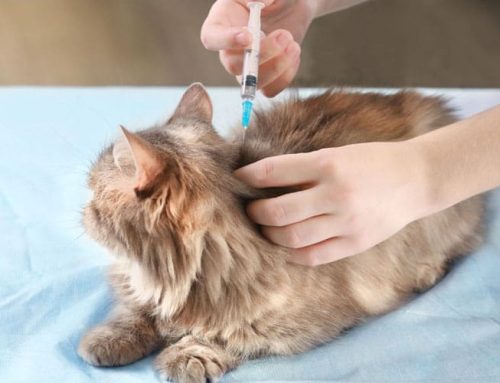
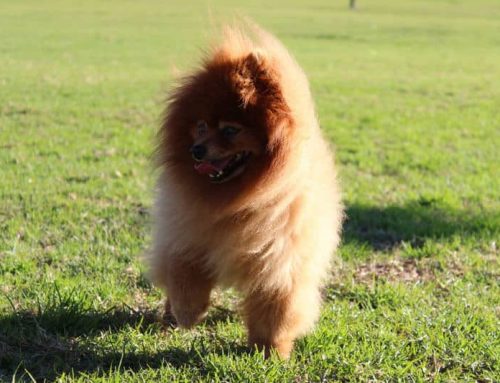
Leave A Comment